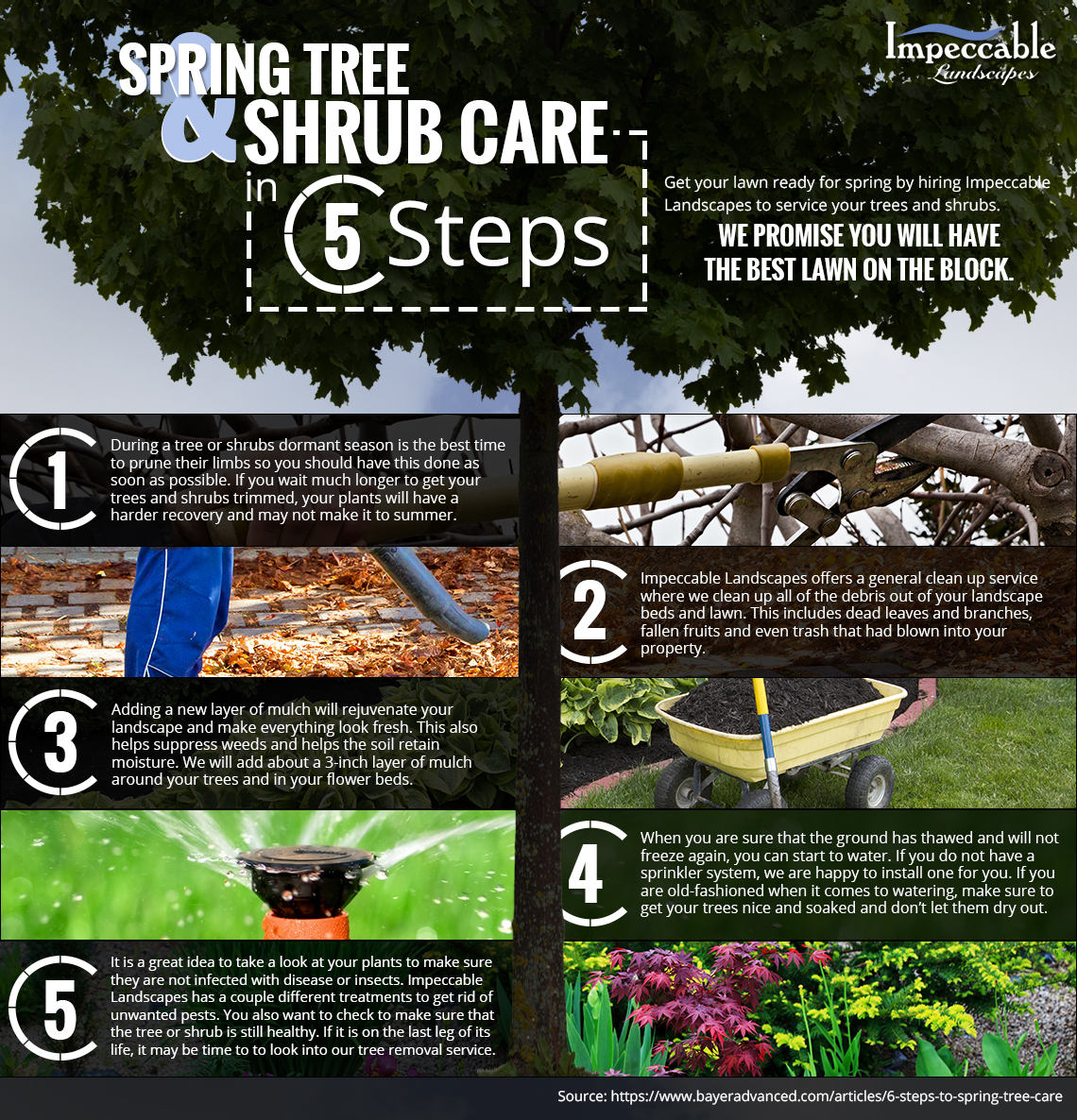Search For Crucial Indicators That Suggest Your Tree May Be Hazardous; Understanding These Can Safeguard Your Residential Property And Loved Ones. What Should You Watch For Next?
Search For Crucial Indicators That Suggest Your Tree May Be Hazardous; Understanding These Can Safeguard Your Residential Property And Loved Ones. What Should You Watch For Next?
Blog Article
Web Content By-Winther Malling
When it comes to tree care, identifying the signs that it's time for removal is essential for your safety and home. You may discover discolored leaves, wilting branches, or weird fungal growths suggesting illness. Architectural concerns, like a considerable lean or fractures in the trunk, can additionally position risks. Recognizing these indication can help you make educated decisions concerning your trees and stop prospective hazards lurking in your backyard. What should you look for next?
Indicators of Degeneration and Disease
When you observe indications of decay and illness in your trees, it's vital to act promptly. Look for stained fallen leaves, wilting branches, or unusual growths like fungus. These can show that your tree is battling.
If you see splits in the bark or soft, mushy wood, these symptoms suggest internal degeneration. In addition, a sudden increase in insects around your tree can signify that it's compromised and prone.
Look for any kind of dead or passing away arm or legs, as they present a threat to your residential property and security. If you're uncertain about what you see, speaking with an arborist can provide clarity.
Resolving Best Tree Trimming Near Me can save you from much more considerable damages and guarantee the wellness of your backyard. Do not wait until it's too late.
Structural Instability and Leaning
As you observe your trees, watch out for any indications of architectural instability or leaning. If a tree leans substantially, it may indicate that the origin system is compromised.
Search for any kind of splits in the trunk or dirt around the base; these can signify prospective failing. Additionally, look for unusual growth patterns, like an unbalanced crown, which may suggest that the tree is struggling to hold itself upright.
If you notice that the tree leans toward your home, power lines, or various other structures, it poses a higher danger. Don't neglect these indications-- speak with an arborist to assess the situation.
Doing something about it early can protect against costly damage and ensure your safety and security.
Dead or Dying Branches and Foliage
If you see dead or dying branches and vegetation on your tree, it's a clear indication that something's incorrect.
https://architectureau.com/articles/harry-house/ can suggest underlying issues like condition, insect infestations, or environmental stress and anxiety. When branches lose their fallen leaves or turn brownish, they're no longer adding to the tree's health. Disregarding these indicators could cause more decrease, making your tree extra unsafe.
Dead branches can quickly break off during tornados, presenting a risk to residential or commercial property and people nearby. It's critical to evaluate the level of the damage.
If the problem influences a considerable part of the tree, consider speaking with an expert. They can aid figure out if elimination is required to make sure safety and keep the elegance of your landscape.
Final thought
If you notice any kind of indications of degeneration, architectural instability, or dead branches on your trees, don't disregard them. These signs can position significant safety risks to you and your building. It's constantly best to get in touch with a specialist arborist who can give an expert assessment of your trees. Doing something about it early can protect against mishaps and expensive damages, guaranteeing your landscape remains risk-free and healthy. Keep in mind, it's better to be positive regarding tree treatment than to wait for a catastrophe to happen.
